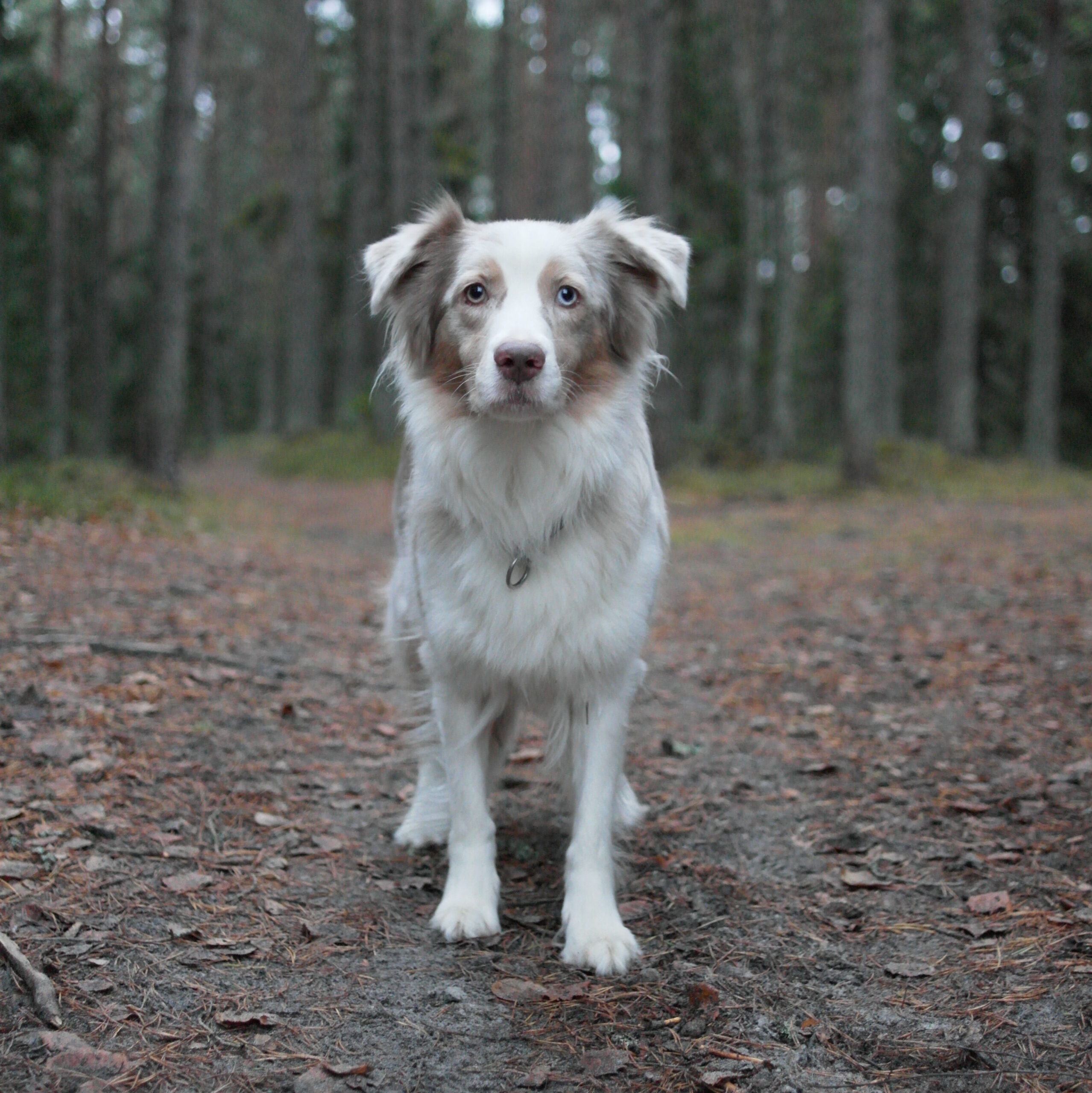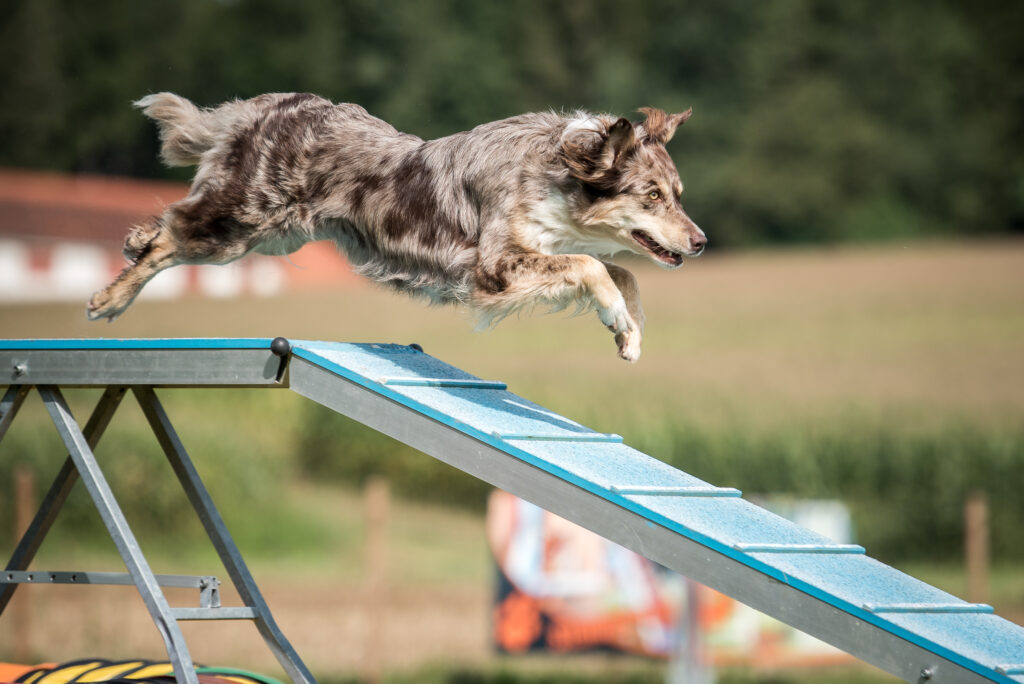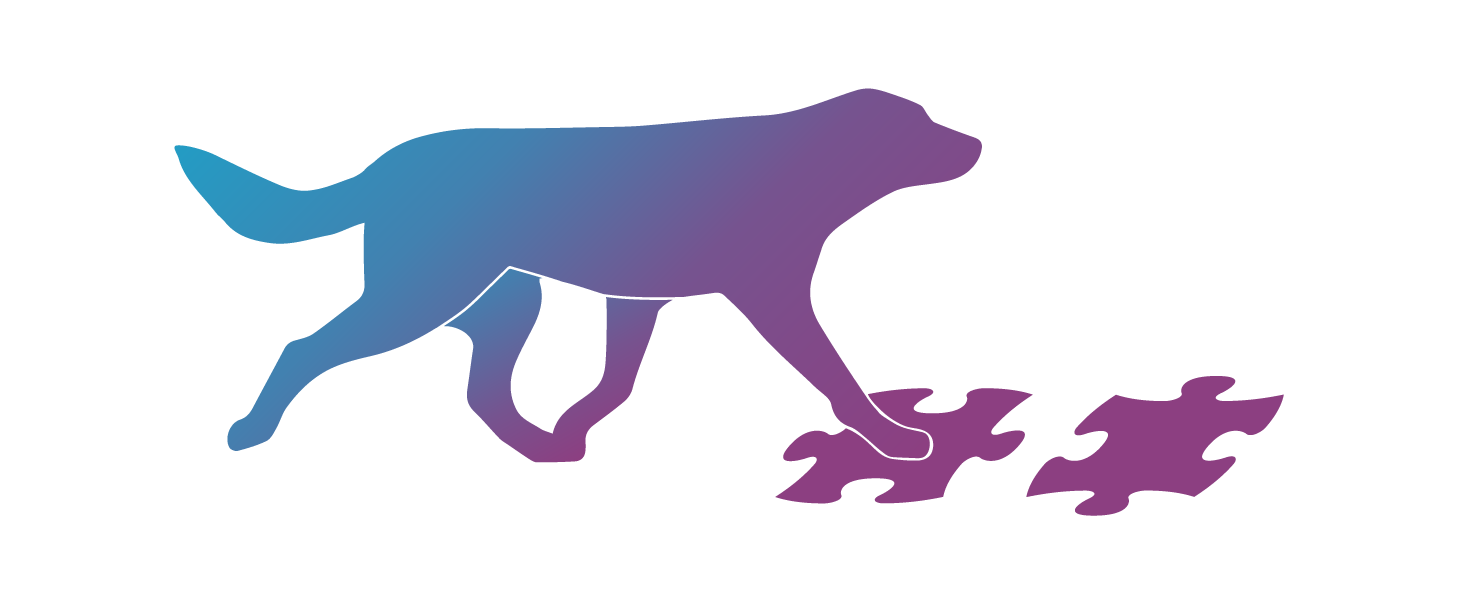For quite some time now I’ve been trying to figure out what is my mission with The Moving Canine. You’d think that the mission comes first, is clear in our heads, and only then do we start sharing information with the world… But it’s not always that easy!
I’m a canine fitness trainer, yet I don’t talk much about strengthening work. Instead, you’ve seen me talking about movement skills, coordination and body awareness – all topics that I’m really passionate about. You’ve also seen me talking about handler mechanics, arousal levels and our training choices. Another passion of mine.
One of the key goals of any fitness trainer is to help reduce the risk of injuries in our canine companions. I don’t know a more torturing feeling for me as a pet parent than making my dog hurt through activities and sports that I’ve chosen for her. To me, reducing the risk of injuries is one of the key motivators for fitness training. Performance gains are just secondary. 1 second slower performance on an agility course doesn’t reduce the quality of life for my dog. But an injury does.

The main reason for our dogs to get injured during sports activities is repetitive overload or overuse during the performance. These overuse injuries don’t happen suddenly like acute injuries do. Instead we are dealing with slight overload, accumulating over time until the body can’t hold up anymore. These injuries are the sneakiest, building slightly and gradually through repetitions. We often don’t even notice them before it’s too late.
Here the keyword is “repetitive”. As fitness trainers we often focus on doing the strengthening work with our dogs so that their bodies can hold up to the repetitions.
And here’s the thing that bothers me. We often focus on making our dogs stronger to take the repetitions. But why don’t we focus on lowering the number of repetitions?
I don’t mean that we should do fewer competition runs with our dogs or reduce the actual sports training with our dogs. I don’t mean that we should do less activities with our dogs. What I DO mean is that we should train smarter.
Dogs are super clever and fast learners. Yet we often think that we need loads of repetitions of the same exercise to get a reliable performance. Training running contacts is the first example to pop into my mind. We start the training, assuming from the very beginning that we’ll need loads of repetitions. We start training with the dog, without first thinking through our own movements, reinforcement delivery or even thinking if the dog actually has the body awareness and body control to learn the advanced exercise.

This is where we can reduce the number of repetitions.
Our dogs only need loads of repetitions when we haven’t done the preparation work for the training session. These repetitions, done while we are trying to figure out the exercise ourselves, are also the most damaging. Often packed with confusion and frustration, leading to a high arousal mindset that actually has loss of motor control in its definition.
Strength work is essential for any dog with an active lifestyle. But we shouldn’t use it as a cure for problems that can be avoided with smarter training choices. Parallel to building stronger bodies, we also need to focus on reducing the number of repetitions during the training. That’s what makes me tick. And that’s what The Moving Canine is all about – making smarter training decisions with the focus on reducing the risk of injuries in our active canine companions.
Because reducing the risk of injuries is not only about strengthening work. It’s also about aiming for training excellence, reducing the number of repetitions during training and keeping our learners in a mindset that allows them to move with control and precision.
Leave me a comment, let me know what’s your main goal when doing fitness work with your dog!
Thank you!
Happy training!
Mari & Co.
Mari Valgma, CPCFT
